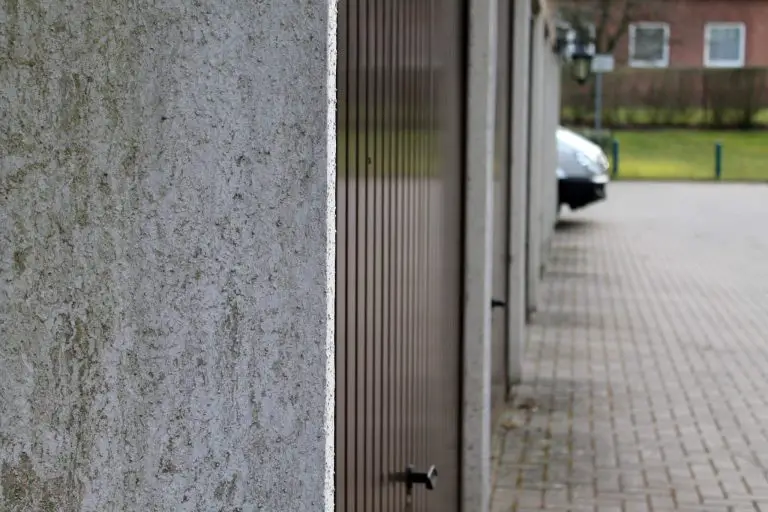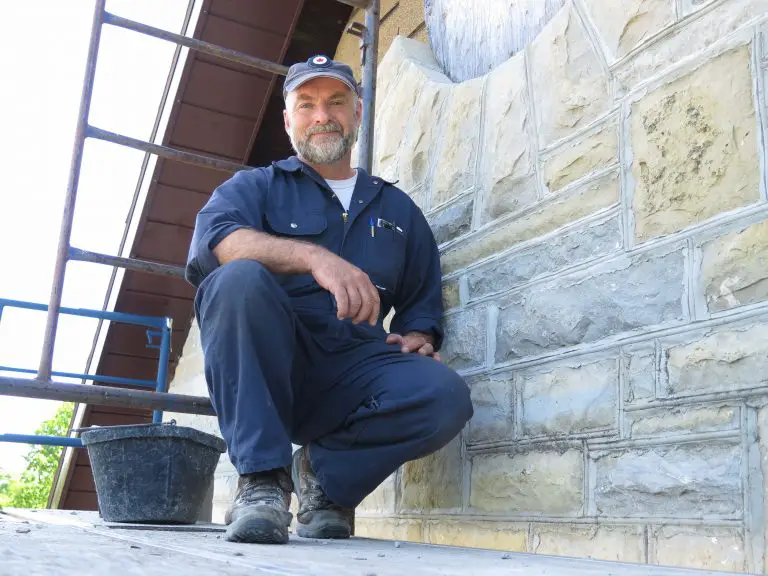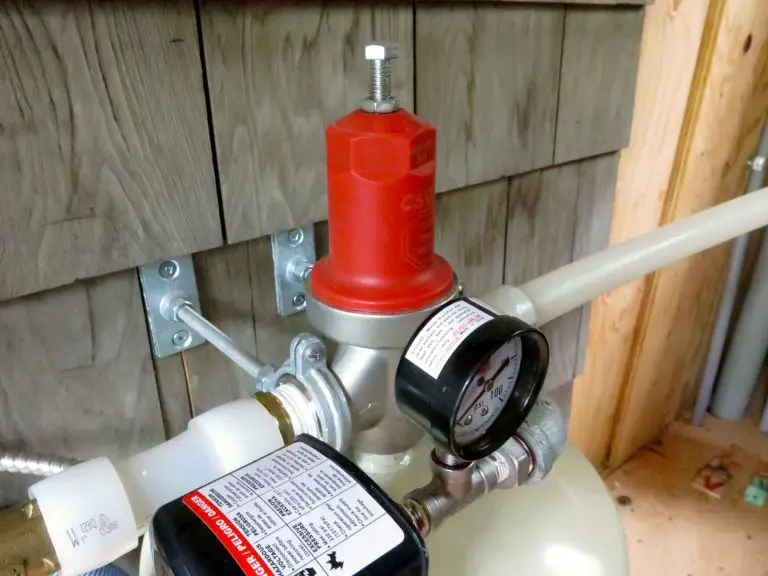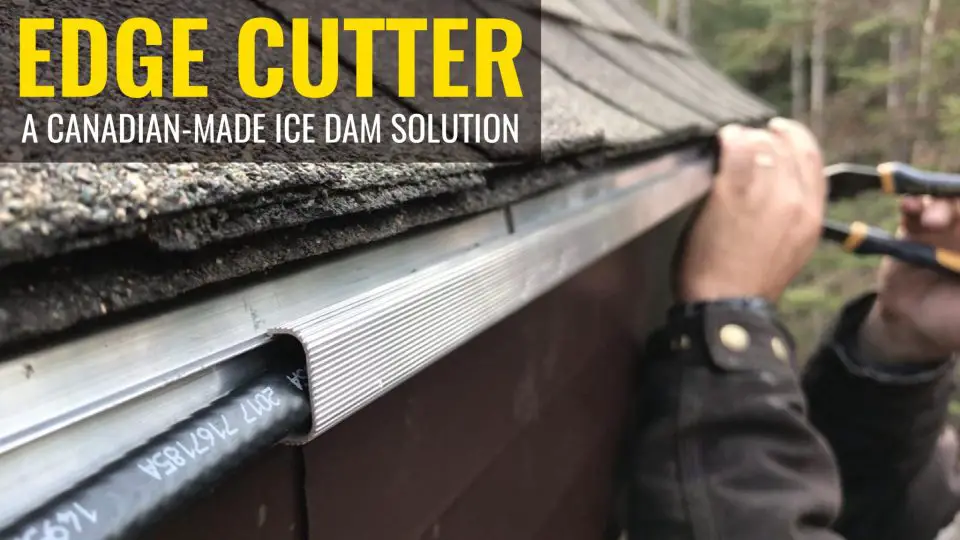
Does ice build up on your roof during extended stretches of cold weather? Is this ice causing problems? You might find this unique solution worthwhile.
Many roofs form at least small amounts of ice during winter, but large and damaging levels of ice are a different matter. This kind of build up is always the product of too much heat escaping through the roof. When snow melts on the main part of a too-warm roof and this melt water runs down and hits the sub-zero eaves, the water freezes. The longer the cold spell lasts, the longer the dynamic of melting and freezing continues uninterrupted, the bigger the ice dams on an ice-prone roof.
The problem with roof top ice is that it can trap water and trigger leaks. In extreme cases, the the weight of all that ice can also break the eaves, too. The ideal way to prevent ice dams is by making the roof surface colder by adding more attic insulation or by boosting attic ventilation. The thing is, it’s not always possible to do this kind of root-cause fix. This is where rooftop heating cables come in. They melt drainage channels through rooftop ice so that water doesn’t get trapped behind ice dams.
Back in the fall of 2017, I had a project that needed a roof deicing system, but I wasn’t crazy about installing the usual sort of exposed, zig-zag cables needed. Besides looking semi-ugly, rooftop cables are open to physical damage because there’s nothing to protect them from sliding ice, wind and fallen tree branches. That’s why I decided to install a unique, hidden Canadian ice dam system called Edge Cutter. It uses self-regulating heating cable encapsulated in an aluminum extrusion that runs all along the eaves. An Edge Cutter roof looks no different than a conventional, unheated roof.
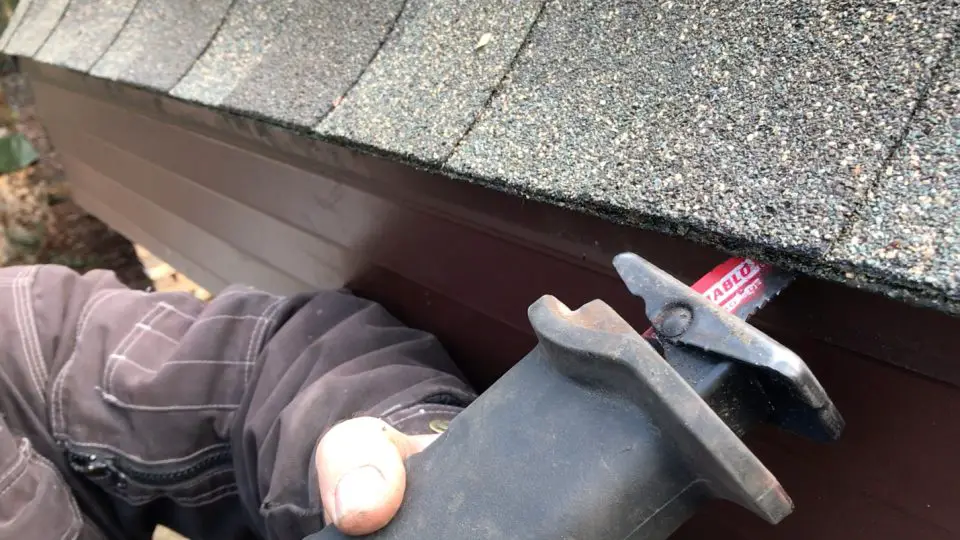
Edge Cutter is the brainchild of Ontario, Canada inventor Lorne Heise. His aluminum extrusion is 5 1/2” wide and fits underneath the shingles at the eaves. The edge of the extrusion turns downwards and is made to accept a single electrical cable that conducts heat upwards to where ice needs to be melted. The amount of cable required is roughly 1/2 to 2/3 less than conventional systems because it travels in a straight line (no zigzagging). The cable also economizes on electricity by delivering more or less heat along its length depending on temperature at that spot. If there’s an area with lots of ice, the cable heats with full power in that location. If there’s another area that’s warm from the sun at the same time, electricity use throttles back automatically in that area.
Installing Edge Cutter on an existing roof with fiberglass shingles was trickier than with a new installation, mostly because of the nails holding the shingles down at the edge of the eaves. In the end I used a reciprocating saw to slice through those nails that I couldn’t pull up and out from underneath the slightly raised shingles.
With the nails out of the way, you slip the aluminum extrusion in place under the shingles and above the aluminum drip edge, then house the cable in a groove in the edge of the extrusion, capped and held in place with a separate aluminum strip. Finish up by running blobs of construction adhesive to the drip edge, to anchor the Edge Cutter extrusion and stop it working downhill over time.
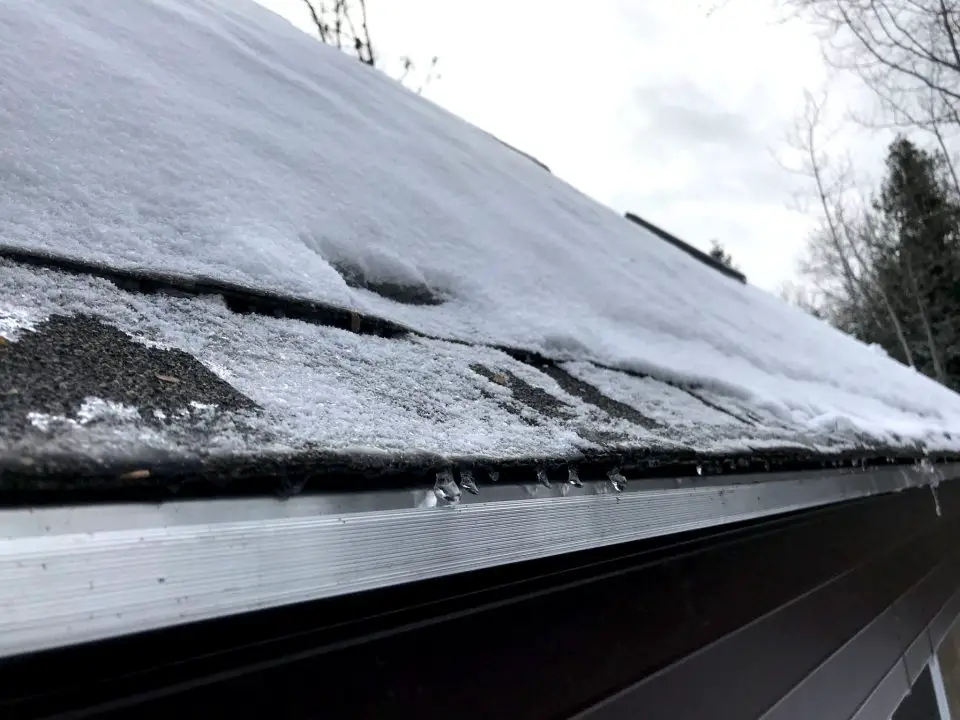
Can warming just the bottom 5” of a roof really stop the formation of ice that normally extends higher than this? I had my doubts, but yes, surprisingly enough, the system is working fine on the roof since 2017. The roof doesn’t get warm enough to completely eliminate ice, but the ice is weak and porous enough to be a non-issue. All in all, this is the best ice dam elimination system I’ve seen for eaves.
Click below to watch my Edge-Cutter installation video:
- Video Watch Time = 3 1/4 minutes








